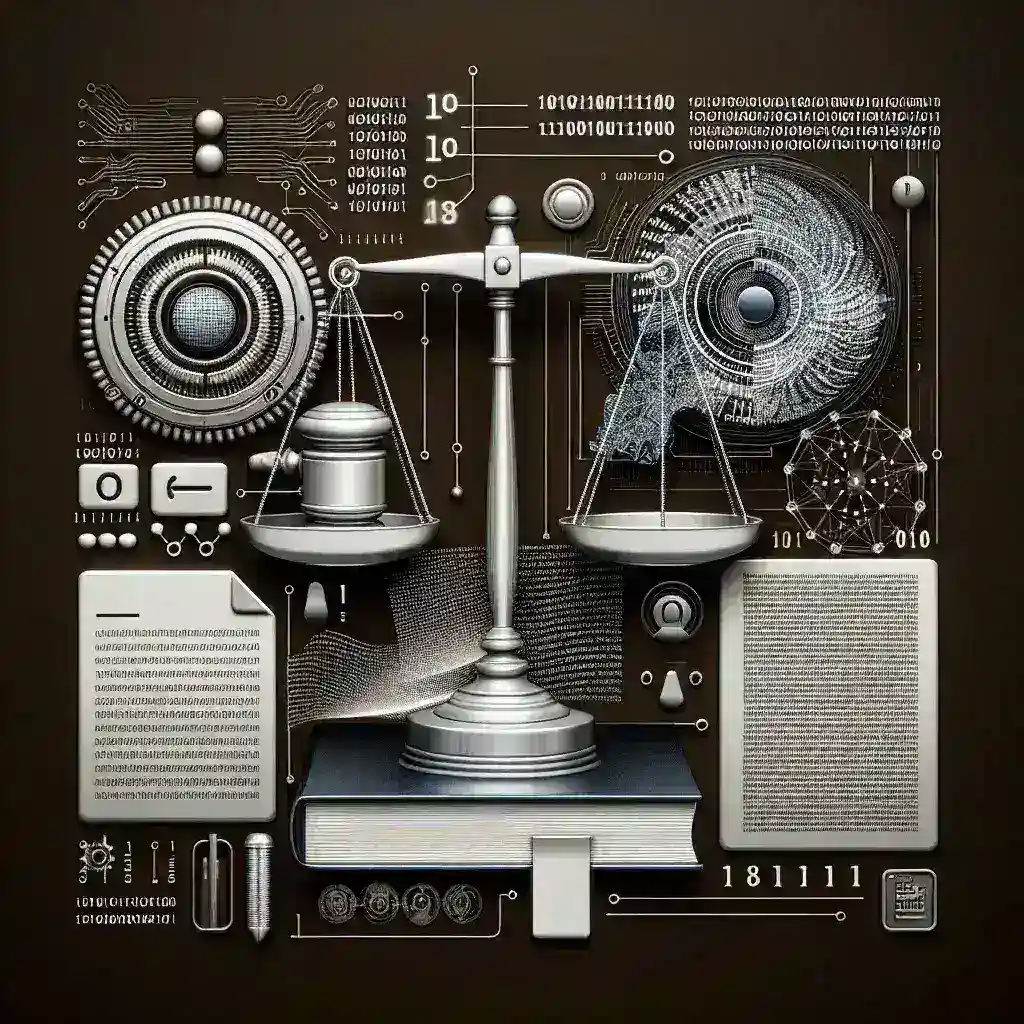Introduction
In the rapidly evolving landscape of technology, deepfakes have emerged as a significant concern, raising questions about authenticity, identity, and legality. As artificial intelligence (AI) tools become more sophisticated, the potential for misuse escalates, prompting urgent discussions within the U.S. legal system. This article delves into the legal enforcement of deepfake technologies and examines how AI misuse is framed in judicial narratives across the United States.
Understanding Deepfakes
Deepfakes refer to synthetic media where a person in an existing image or video is replaced with someone else’s likeness through AI algorithms. Initially developed for harmless entertainment and education, deepfake technology has been exploited for malicious purposes, including fraud, misinformation, and harassment. The implications of such misuse extend beyond ethical concerns, posing significant threats to security and privacy.
Historical Context
The inception of deepfake technology can be traced back to advancements in machine learning, particularly Generative Adversarial Networks (GANs). First gaining public attention in 2017, deepfakes have increasingly made headlines for their potential to deceive. In 2018, researchers and tech companies began to acknowledge the dangers associated with deepfakes, leading to calls for regulatory measures.
Current Legal Framework
In the United States, the legal framework addressing deepfakes is still in its infancy. Currently, relevant laws are scattered across various domains, including copyright, defamation, and privacy laws. However, these existing statutes often fall short in addressing the unique challenges posed by deepfake technology.
State-Level Responses
Some states have responded proactively. For instance, California passed a law in 2018 making it illegal to use deepfake technology to harm or defraud others. Similarly, Texas enacted legislation targeting deepfakes related to election interference. These state-level initiatives signal a growing awareness of the need for legal protections against deepfakes.
Challenges in Legal Enforcement
Despite these advancements, enforcing laws related to deepfakes presents significant challenges:
- Proving Intent: Establishing malicious intent can be difficult, as deepfakes can be created and disseminated anonymously.
- Identifying Perpetrators: With the use of VPNs and other anonymizing technologies, tracking down those responsible for creating harmful deepfakes can be a legal quagmire.
- Adapting Existing Laws: Many existing laws do not adequately cover the nuances of deepfake technology, necessitating updates and new legislation.
AI Misuse Framing in Judicial Narratives
The framing of AI misuse in judicial narratives is crucial for understanding public perception and policy development. Courts and lawmakers often grapple with the ethical implications of AI technologies, particularly in cases involving deepfakes.
The Role of Media
Media coverage plays a pivotal role in shaping public understanding of deepfakes and AI misuse. Sensationalized reporting on high-profile cases can influence judicial narratives, sometimes leading to reactive rather than proactive legal measures. For instance, cases that receive extensive media attention can prompt lawmakers to craft hasty regulations that may not fully address the complexities of the technology.
Expert Opinions
Legal experts argue that a nuanced approach is necessary when framing AI misuse in the context of deepfakes. As Professor Jane Doe, an expert in technology law, states, “We must recognize that while deepfakes can cause harm, they also have the potential for positive applications in fields like entertainment and education. The legal system needs to find a balance that addresses misuse without stifling innovation.”
Public Perception and Fear
Public fear surrounding deepfakes often stems from sensationalized examples of their misuse, such as manipulated videos of political figures or celebrities. This fear can lead to calls for stringent regulations that may not consider the broader implications of such measures. Striking a balance between protecting individuals from harm and fostering technological advancement is a significant challenge for lawmakers.
Future Predictions
As deepfake technology continues to evolve, it is essential to anticipate future challenges:
- Growing Sophistication: The technology behind deepfakes will likely become more advanced, making it even harder for legal frameworks to keep pace.
- Global Cooperation: Given the international nature of the internet, collaboration among countries will be crucial for effectively addressing deepfake-related issues.
- Public Awareness: Increasing awareness and education about deepfakes will be essential in mitigating their harmful effects.
Conclusion
The intersection of deepfakes, legal enforcement, and AI misuse framing presents a complex landscape for the U.S. judicial system. As technology progresses, lawmakers and legal experts must work cohesively to create frameworks that protect individuals while allowing for innovation. Ongoing dialogue among stakeholders—lawmakers, legal professionals, technologists, and the public—will be vital in shaping the future of legal responses to deepfakes and AI misuse.

